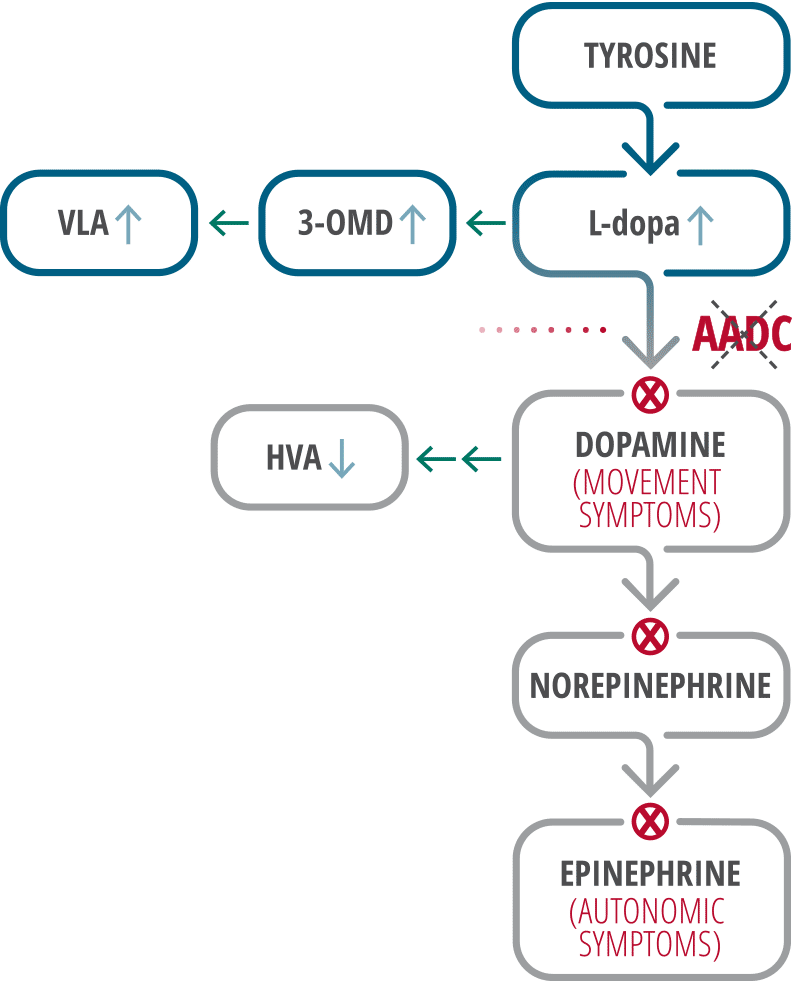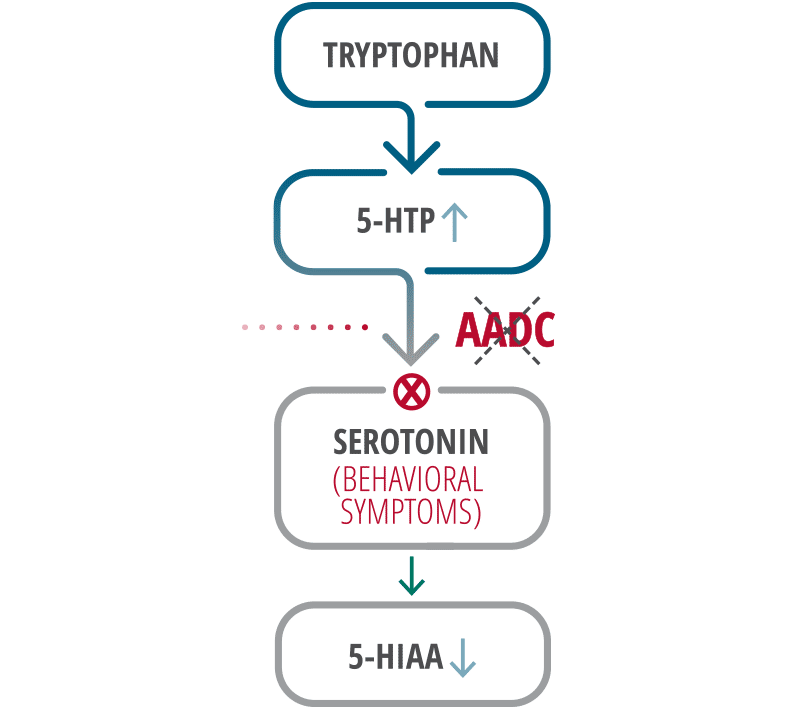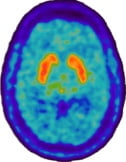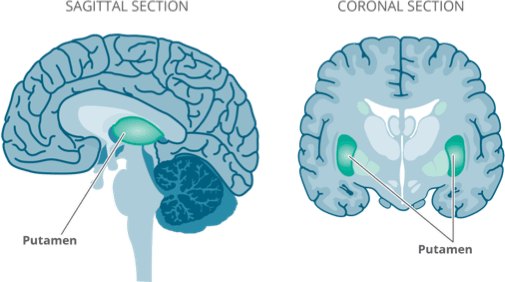참고 문헌: 1. Ng J, Papandreou A, Heales SJ, et al. Monoamine neurotransmitter disorders—clinical advances and future perspectives. Nat Rev Neurol. 2015;11(10):567-584. 2. Hwu PW, Kiening K, Anselm I, et al. Gene therapy in the putamen for curing AADC deficiency and Parkinson’s disease. EMBO Mol Med. 2021;13(9):e14712. doi:10.15252/emmm.202114712. 3. Neurotransmitters: What they are, functions & types. Cleveland Clinic. https://my.clevelandclinic.org/health/articles/22513-neurotransmitters#:~:text=Neurotransmitters%20are%20chemical%20messengers%20that,muscle%20cell%20or%20a%20gland. Published March 14, 2022. Accessed June 23, 2022. 4. Ng J, Heales SJR, Kurian MA. Clinical features and pharmacotherapy of childhood monoamine neurotransmitter disorders. Paediatr Drugs. 2014;16(4):275-291. doi: 10.1007/s40272-014-0079-z. 5. Wassenberg T, Molero-Luis M, Jeltsch K, et al. Consensus guideline for the diagnosis and treatment of aromatic L-amino acid decarboxylase (AADC) deficiency. Orphanet J Rare Dis. 2017;12(1):12. doi: 10.1186/s13023-016-0522-z. 6. Brun L, Ngu LH, Keng WT, et al. Clinical and biochemical features of aromatic L-amino acid decarboxylase deficiency. Neurology. 2010;75(1):64-71. 7. Manegold C, Hoffmann GF, Degen I, et al. Aromatic L-amino acid decarboxylase deficiency: clinical features, drug therapy and follow-up. J Inherit Metab Dis. 2009;32(3):371-380. 8. Hwu WL, Chien YH, Lee NC, et al. Natural history of aromatic L-amino acid decarboxylase deficiency in Taiwan. JIMD Rep. 2018;40:1-6. doi: 10.1007/8904_2017_54. 9. Niemann N, Jankovic J. Juvenile parkinsonism: Differential diagnosis, genetics, and treatment. Parkinsonism Relat Disord. 2019;67:74-89. doi:10.1016/j.parkreldis.2019.06.025. 10. Kurian MA, Dale RC. Movement disorders presenting in childhood. Continuum (Minneap Minn). 2016;22(4):1159-1185. 11. Zouvelou V, Yubero D, Apostolakopoulou L, et al. The genetic etiology in cerebral palsy mimics: the results from a Greek tertiary care center. Eur J Paediatr Neurol. 2019;23(3):427-437. doi: 10.1016/j.ejpn.2019.02.001. 12. Krigger KW. Cerebral palsy: an overview. Am Fam Physician. 2006;73(1):91-100. 13. Tasch E, Cendes F, Li LM, Dubeau F, Andermann F, Arnold DL. Neuroimaging evidence of progressive neuronal loss and dysfunction in temporal lobe epilepsy. Ann Neurol. 1999;45(5):568-576. doi:10.1002/1531-8249(199905)45:5<568:: aid-ana4>3.0.co;2-p. 14. Shrimanker I, Tadi P, Sánchez-Manso JC. Parkinsonism. In: StatPearls. Treasure Island (FL): StatPearls Publishing; May 8, 2022. 15. Sirven JI. Epilepsy: A Spectrum Disorder. Cold Spring Harb Perspect Med. 2015 Sep 1;5(9):a022848. doi: 10.1101/cshperspect.a022848. PMID: 26328931; PMCID: PMC4561391. 16. Pons R, Ford B, Chiriboga CA, et al. Aromatic L-amino acid decarboxylase deficiency: clinical features, treatment, and prognosis. Neurology. 2004;62(7):1058-1065. 17. Hwu WL, Lee NC, Chien YH, et al. AADC deficiency: occurring in humans, modeled in rodents. Adv Pharmacol. 2013;68:273-284. 18. Hwu W-L, Muramatsu S-i, Tseng S-H, et al. Gene therapy for aromatic L-amino acid decarboxylase deficiency. Sci Transl Med. 2012;4(134):134ra61. doi:10.1126/ scitranslmed.3003640. 19. Luo X, Mao Q, Shi J, Wang X, Li CR. Putamen gray matter volumes in neuropsychiatric and neurodegenerative disorders. World J Psychiatry Ment Health Res. 2019;3(1):1020. https://www.ncbi.nlm.nih.gov/pmc/articles/PMC6641567/pdf/nihms-1039924.pdf. Published May 2019. Accessed April 2022. 20. Ghandili M, Munakomi S. Neuroanatomy, Putamen. StatPearls [Internet]. StatPearls Publishing; 2022. https://www.ncbi.nlm.nih.gov/books/NBK542170. Updated February 2022. Accessed July 2022.




